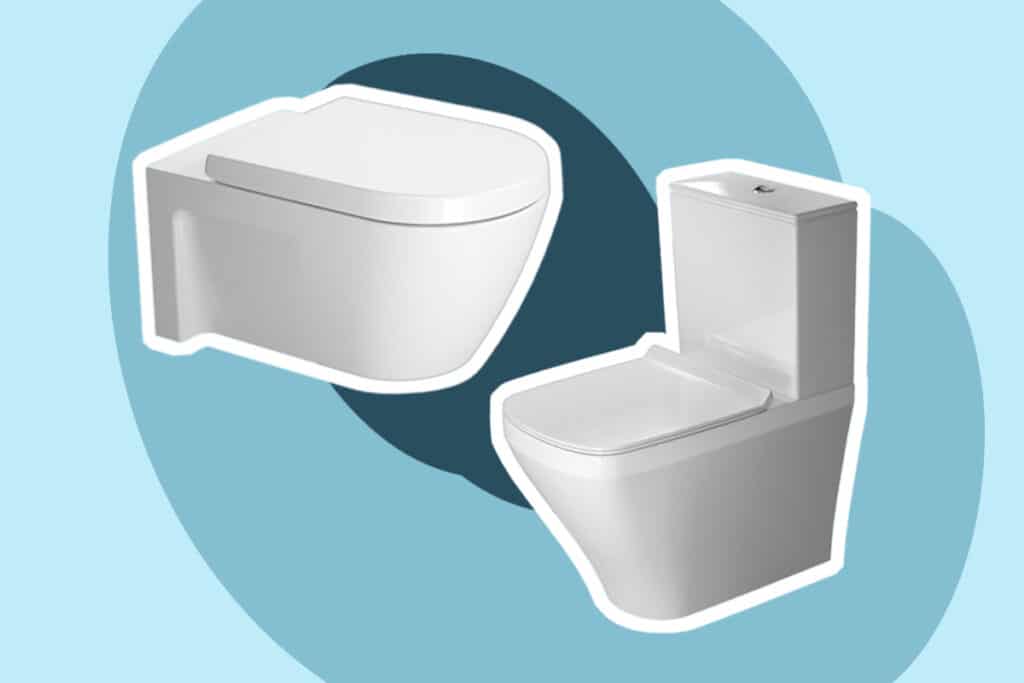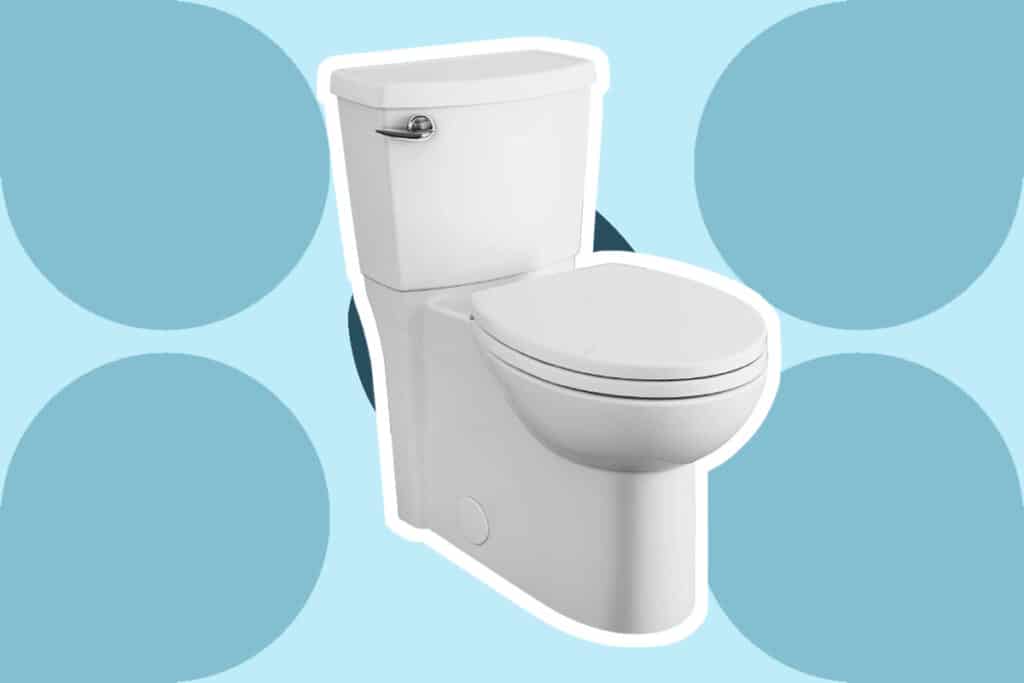

Most homes in the country are connected, in one way or the other, to a septic system Trusted Source Infographic: America's Septic Systems - Circle of Blue Nearly one-fifth of U.S. households are not connected to a public sewer. www.circleofblue.org . Researching the septic system of your home is important. Apart from knowing that the waste is connected to a septic system, knowing the specific type of system that you have will help with maintaining it and repairing later. In this article, we will consider the major types of septic systems. We will look at how each one works, the advantages, drawbacks, and the best one for you.
Whether you already have your dual flush toilet, macerating toilet, or low-flow toilet connected to a septic system, or you are just thinking about which one to hook up to, this article comes in pretty handy.
The gravity septic system is also known as the conventional system. It is one of the most common types of septic systems used around the country. You can find it in two styles – the gravity and the pump system.
Gravity systems are very popular. Because of their simple design and ease of construction, they are affordable options and used by single-families and small businesses. As the name implies, this system carries wastewater to the tank using gravity.
This style of a septic system is a combination of a drain field and a septic tank. It is a decentralized system that is often employed by low waste producers.
The drain field design is one that has been in use for several years. It is designed just as the name suggests. Due to the design of the drain field, you have your liquid waste passing from the septic tank to a trench that is made of gravel. Apart from the stone or gravel, this drain field also consists of geofabric material. This is placed on the top to prevent contamination by other elements.
The liquid waste then passes via the stone and is treated by the microorganisms in the geofabric and further treated when it reaches the bottom of the field.
Because of the large size, these are not the best for residential conditions. You can also help with the breakdown of waste using bacteria enzyme packs like the Green Gobbler products that many users love.
These are basic septic systems, and they come with certain advantages. Let’s consider some of these.
There are some disadvantages to this type of system.
Another type is the pressure distribution septic systems. These are often employed when the soils are shallow, and you require even the distribution of wastewater for adequate treatment. This system gives some of the best treatments. They are also excellent if the effluent has a long way to travel.
The name implies how this system works. In this system, the pressure is used to move the effluent to the drain field and to evenly pass it through the soil.
This system is great when the drain field lies somewhere that is higher than the septic tank. In such cases, gravity cannot help you. Thus, pressurized systems can help to ensure that the wastewater foes upward and is dispersed where you want.
Since these systems give uniform distribution, they are great because they will not oversaturate the soil.
The system has a septic tank from where your solids and fats are removed from the effluent before passing it through the dosing tank. Once in that tank, the effluent is passed through pipes throughout the field.
With such a design, there is very little chance of the field becoming oversaturated.
A mound system is a good option in various circumstances. It comes in useful when the soil is shallow when there is shallow bedrock, or where there is high groundwater.
The mound has a drain field trench that receives the effluent. This effluent comes from the septic tank, passes through a pump chamber, then passes to the mound. In this system, the effluent is treated as it reaches the mound, then it is dispersed into the soil.
This system is quite similar to the conventional system, and they work almost the same way. It works by being higher than the regular soil surface. The conventional system, on the other hand, is lower than the regular surface.
The mound system consists of a sand fill, gravel bed, and pipes to pass the effluent. The wastewater enters the dosing pump chamber through the tank. There are floats that control the pump chamber and pass the wastewater into the pipes. The effluent then passes through pipes to the sand and soil. Reviews show that Septicfit chlorine tablets can make this system even more efficient.
This system offers loads of benefits. These include:
The next type of system we will consider is the aerobic treatment unit.
These are complex systems that are more complicated in their operations than your typical septic system. However, one of the major differences between the two is the presence of oxygen.
Other systems use the septic tank to separate solid wastes from effluent, but in this system, the wastes are separated using oxygen infusion.
First, there is pretreatment that separates the solids from the effluent. The wastewater is mixed with air using a blower. The purpose is to boost the growth of bacteria that will digest any solids in the wastewater.
After this, the wastewater is disinfected using UV light. Lastly, the effluent is discharged to a drain field.
If you have insufficient soil, then this system is just what you need. The system is composed of the septic tank, a sand filter, pump chamber, and of course, the drain field. Companies that use this type of septic system often employ the use of a big concrete box filled with sand and a layer of gravel with pipes on that layer.
With this system, all of the wastewater enters the septic tank, like in a regular septic tank. Once this is treated, the water is then pumped to the sand filter through the pipes that run through. When pumping, the pumping pressure is usually quite low so that the distribution around the area would be even.
As the effluent passes through the pipes and down to the bed, it seeps into the gravel and sand, where it is further treated.
The field consists of microbes that soak up the nutrients. Also, this sand filter will allow for the correct filtration of the effluent.
After this process has ended, the water is collected in a drain under the system and pumped into the drain field. From here, it gradually enters the soil.
The last system on our list is the BioFilter. These are septic systems that offer a combination of biological and physical treatment of wastewater. It is a new technology that is slowly becoming more popular among people.
This type of system is great for clay soil, for places with a high water table, remote locations, and bedrock.
In this system, the effluent is passed through a filter bed made of biological material. This filter is home to microorganisms and retains the pollutants in the effluent.
There are several types of biofilters. For example, some are made of multiple layers of filter material. Each of the layers is made of different microorganisms. Then there is the open or closed option.
In an open option, the biofilter is exposed to the elements, and this might cause plant growth. The closed type is protected from the elements and easier to manage.
As we can see from the different systems above, there are plenty of alternative solutions to septic systems. You should carefully consider each of the options we have reviewed to see that which will serve your needs the best.
These systems are designed to give good filtration of the wastewater and reduce the negative impact on the environment. They all have pros and cons, so you should look through the list to find that which you are most comfortable with.
We hope that a consideration of the types of septic systems has provided a clear understanding of the best type for your home.





